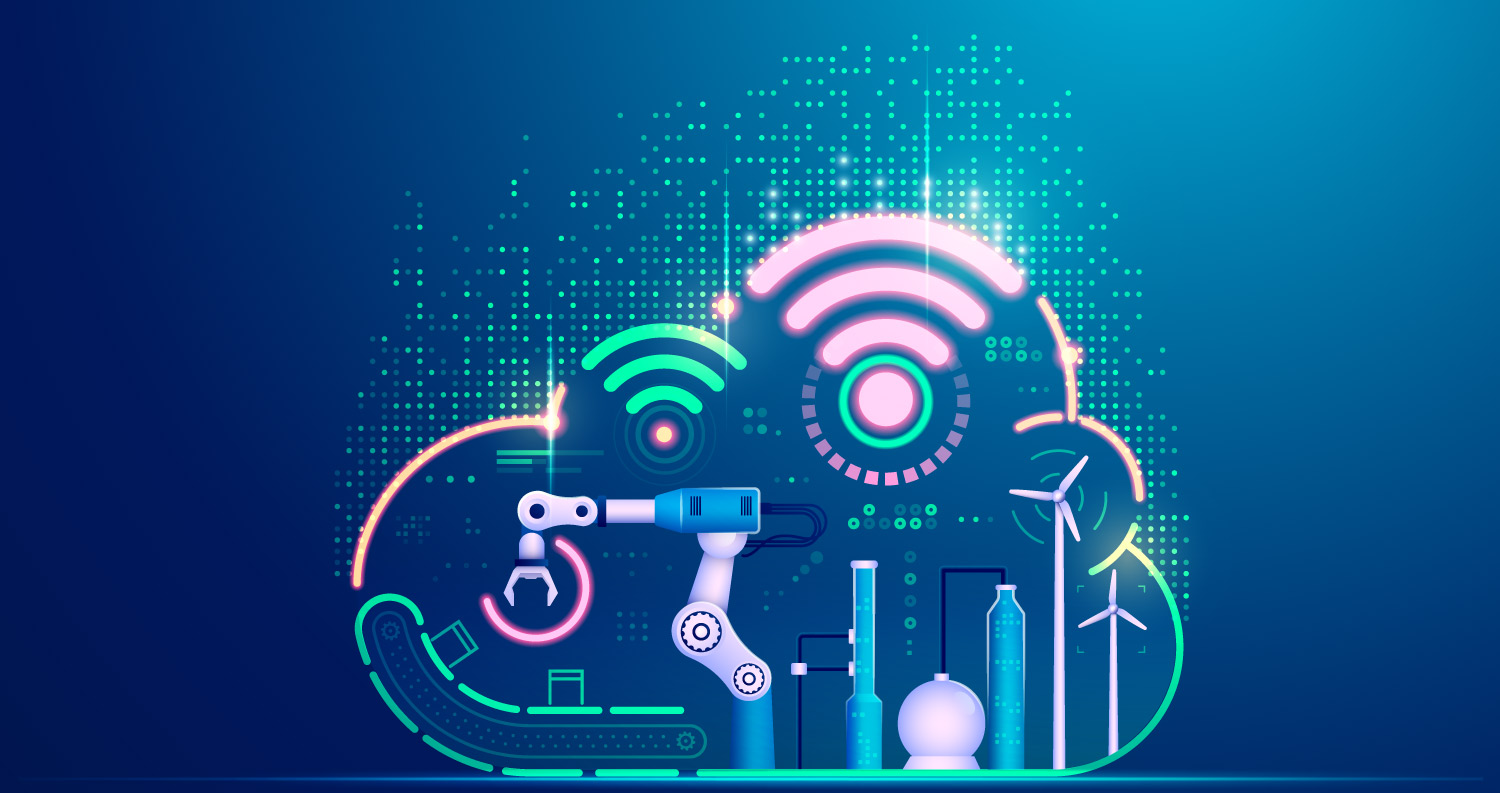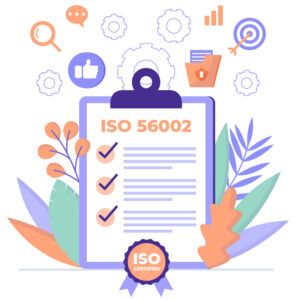
How to leverage digital technologies to drive innovation
In the business world, there are many forms of innovation: research and development, change management, or transformation. Despite their specific nuances and differences, these are all distinct forms of innovation. What they have in common is that they allow a business to stand out from competitors through a systematic, medium/long-term approach. Today, this ability can be crucial and even lifesaving.
People who inspire innovation
It’s inspiring to mention some great personalities who have pioneered or continue to lead innovation. Think of the creative genius of Steve Jobs (Apple), the relentless perseverance of Jeff Bezos of Amazon, who started with a simple online bookstore, or the groundbreaking innovations of Elon Musk, who first transported people into space with Crew Dragon.
But is it enough for just one person, with their ideas, vision, and attitudes, to drive innovation? Is innovation the solitary act of a creative mind?
How to create systematic innovation in your company?
What does “systematic” mean? For us, it refers to the ability to create, change, refine, and innovate continuously within a company at all levels, over time.
Anyone familiar with a company’s processes—no matter the industry—knows that great ideas can come from anyone, from the general manager to the newest warehouse worker. So how do you set up an ecosystem oriented towards innovation?
In many cases, not only in the organizations of the big figures mentioned, the efforts and skills of management help establish an environment, a fertile ecosystem for producing innovation. However, this isn’t always the case, especially when the organization isn’t medium-to-large sized.
This is where the ISO 56002 standard comes into play.

ISO 56002 standard: a key to innovation
The ISO 56002 standard supports businesses that struggle to organize innovation on their own, providing a framework necessary to set up an innovation-oriented ecosystem.
In summary, the standard offers guidelines in the following areas:
- Strategic context: Focus on the reasons why a company intends to innovate and establish a clear strategic vision.
- Leadership: Demonstrating the explicit will and involvement of the management, outlining the path to follow in the medium/long term.
- Planning: Equipping the company with a robust yet agile innovation planning practice.
- Resources and tools: Ensuring the availability of resources and tools to maintain an active and fertile innovation management system.
- Innovation operations: Defining the most effective methods and practices to carry out innovation projects and create value for the company.
- Monitoring and improvement: Establishing a dynamic and agile system to monitor results and continuously improve.
ISO 56002 is already available, and work on ISO 56001 began in December 2020. This future standard will allow companies to certify their innovation practices. In a couple of years, many companies will be ISO 56001 certified, showing their ability to operate virtuously in innovation, strengthening their “innovation mindset.” Already today, some organizations are working on setting up a “compliant” system based on ISO 56002.
Agile use of digital technologies
Digital technologies enable new and agile business processes. An ecosystem focused on innovation is naturally embedded in a digitalized company, which is crucial for making innovation management economically sustainable.
Both for structuring the ecosystem based on ISO 56002 and embedding it in digitalized procedures, we recommend working with experts in this field.
Some digital tools that support the standard include:
- Agile project management: A useful tool for programming and monitoring innovation projects.
- Company dashboard: Monitoring innovation initiatives, results, and the value created via KPIs and reports.
- Collaboration tools: A system for agile collaboration among people, avoiding non-professional tools (e.g., WhatsApp, Telegram).
- Company wiki: A documentation system for sharing knowledge gained from innovation projects.
- Digital board: Digital whiteboards that facilitate creative brainstorming in both traditional cooperation and smart working environments.
Direct and indirect benefits
In conclusion, implementing the ISO 56002 standard offers both direct and indirect benefits.
Clearly, beyond the satisfaction of displaying a new certification on the wall, we believe it’s possible to achieve:
- Increased differentiation from competitors
- Higher added value for products or services
- Recruitment of new staff with the goal of producing innovation
- Independence from the creative and proactive spirit of specific individuals
- Increased employee involvement (commitment)
- Greater employee satisfaction
Every company (even small or medium-sized) that claims to innovate or wishes to do so can now rely on a new tool tailored to their needs.
Sources:
https://www.iso56002.it/bigino-di-innovazione/iso-56001-requisiti-di-gestione-dellinnovazione
https://www.giornaledellepmi.it/iso-56002-lo-standard-per-fare-innovazione/ https://www.innovationpost.it/2020/06/29/adottare-la-iso-56002-per-gestire-in-modo-strutturato-linnovazione-aziendale/

